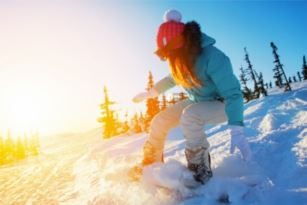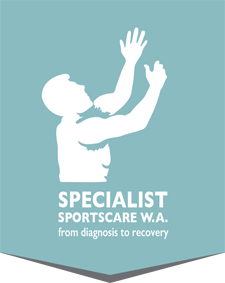
Safety Tips for Extreme Winter Sports
2 Mar 2017 9:01 AM – Specialist Sportscare WA
Winter sports can be some of the most enjoyable to try and satisfying to perfect. While they offer a great deal of joy and satisfaction, these sports also come with risks. To help you avoid the need for treatment and rehabilitation, we have compiled a list of safety tips for winter sports.
Helmets
Cranial injuries are the leading cause of fatality on ski fields all around the world. If you’re skiing, snowboarding, or sledding, wearing a helmet is absolutely crucial. The snowy terrain often conceals rocks or tree roots, which can cause sudden and serious injuries. In fact, some ski resort operators have adopted a mandatory helmet rule. Operators like Intrawest in Quebec have implemented this rule to prevent tragic and avoidable outcomes.
Proper Falling Technique
Learning how to fall in the snow is a major injury preventer for winter sports. Fractures around the joints, such as the wrist, knees and ankles, are common in winter activities. This is because we naturally brace ourselves when we fall on the snow, causing serious impact damage.
Knee injuries are also a common occurrence. This is because skiers and snowboarders try to overcorrect instead of simply allowing themselves to fall. Putting all your weight on your knees may cause a painful soft tissue injury, even if you avoid falling over.
Hydration
A common ailment in winter sports is dehydration. This is probably because we don’t associate the cold weather with drinking water. If you’re planning a long day of skiing or snowboarding, make sure you pack a large bottle of water. Drink water regularly when you visit mountain lodges and make sure you listen to your body.
Know the Terrain
Always look at a map before you head out onto the slopes or the ice. The terrain in winter sports is marked by boundaries, black runs, danger areas and thin ice. If you’re unprepared or unaware of environmental changes, you’re more likely to end up injured. When it comes to ice-skating on a local pond, always trust the locals. If you don’t see anyone else skating on it, you probably shouldn’t attempt to either.
Warming Up/Down
Like with any sport, warming up and cooling down is necessary for winter activities. Pay particular attention to your calves and thighs, as these muscles often work the hardest in winter sports.
Even when you prepare well and follow these tips, injuries can still happen. If you require physiotherapy, podiatry, or any other treatment, contact the experts at Specialist Sportscare W.A. As a multidisciplinary clinic, we can help you return to optimal health.

